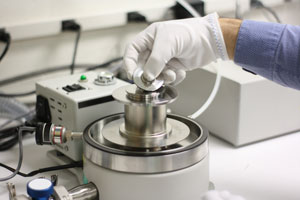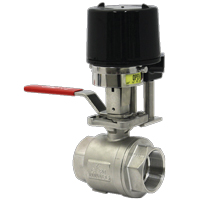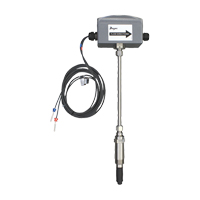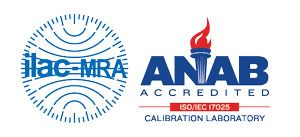 Dwyer Instruments, Inc. offers a variety of calibration services for new or previously purchased products. In 2019, the Dwyer Instruments, Inc. – Engineering Laboratory, located in Michigan City, IN, gained accreditation to ISO/IEC 17025:2017 through the ANSI National Accreditation Board. The Dwyer lab now offers two different types of calibration certificates for our products: a certificate of NIST calibration and an ISO/IEC 17025:2017 accredited certificate of calibration. Now that accredited calibration services are available for select Dwyer products, it is important to know the differences between these two different calibration certificates. Knowing these differences will allow you to understand which calibration certificate will best suit your needs. Continue reading “Certificates of Calibration Explained”
Dwyer Instruments, Inc. offers a variety of calibration services for new or previously purchased products. In 2019, the Dwyer Instruments, Inc. – Engineering Laboratory, located in Michigan City, IN, gained accreditation to ISO/IEC 17025:2017 through the ANSI National Accreditation Board. The Dwyer lab now offers two different types of calibration certificates for our products: a certificate of NIST calibration and an ISO/IEC 17025:2017 accredited certificate of calibration. Now that accredited calibration services are available for select Dwyer products, it is important to know the differences between these two different calibration certificates. Knowing these differences will allow you to understand which calibration certificate will best suit your needs. Continue reading “Certificates of Calibration Explained”
Product Highlight: Mark Series Position Indicators/Switches/Transmitters
The Proximity Mark Series is a line of position indicators with a selection of various output options. The Mark Series has three different model styles, which allow it to be used in almost any application.
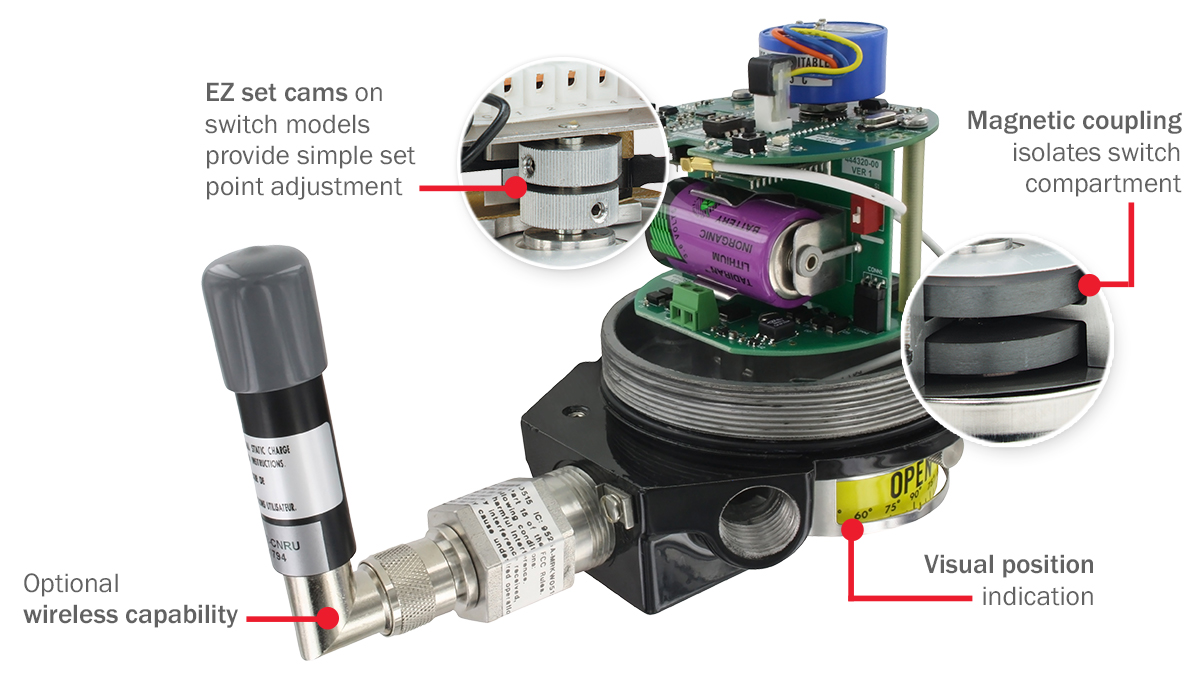
Standard models in the Mark Series are weatherproof and explosion-proof, with visible position indicators. We also offer a submersible model for additional versatility. Continue reading “Product Highlight: Mark Series Position Indicators/Switches/Transmitters”
Dirty Jobs | Measuring Livestock Manure Level
 Imagine that you’re driving down a country road, and you roll down your window to feel the breeze from the wind. You happen to look to your side as you pass a large barn housing dairy cows. Most of us have seen these farms, but many don’t think about what happens to the manure of the animals or how it is utilized in our everyday lives. Manure slurries and lagoons are a vital function of large scale farms for swine, dairy, and poultry. Continue reading “Dirty Jobs | Measuring Livestock Manure Level”
Imagine that you’re driving down a country road, and you roll down your window to feel the breeze from the wind. You happen to look to your side as you pass a large barn housing dairy cows. Most of us have seen these farms, but many don’t think about what happens to the manure of the animals or how it is utilized in our everyday lives. Manure slurries and lagoons are a vital function of large scale farms for swine, dairy, and poultry. Continue reading “Dirty Jobs | Measuring Livestock Manure Level”
Monitoring Air Flow of Hydrogen and Methane Gases
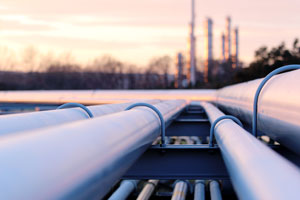 A system integrator in California recently needed to monitor air flow of hydrogen and methane gas, requiring threaded connections to a steel line that the gases flowed through, as well as from the flow sensing device to the transmitter reading flow for their system controller. Hydrogen and methane are difficult gases to deal with, requiring a robust solution to monitor flow through the exhaust line without potentially posing a hazard. Continue reading “Monitoring Air Flow of Hydrogen and Methane Gases”
A system integrator in California recently needed to monitor air flow of hydrogen and methane gas, requiring threaded connections to a steel line that the gases flowed through, as well as from the flow sensing device to the transmitter reading flow for their system controller. Hydrogen and methane are difficult gases to deal with, requiring a robust solution to monitor flow through the exhaust line without potentially posing a hazard. Continue reading “Monitoring Air Flow of Hydrogen and Methane Gases”
Decrypting Thermal Energy Meter Accuracy
“Simplicity is the ultimate sophistication” – Leonardo da Vinci
 These days, energy conservation is on everyone’s mind. From cost savings to environmental concerns, there are many well-known benefits to conserving energy. But understanding exactly how to do so can be confusing. In order to conserve energy, you must know precisely how much energy you are using.
These days, energy conservation is on everyone’s mind. From cost savings to environmental concerns, there are many well-known benefits to conserving energy. But understanding exactly how to do so can be confusing. In order to conserve energy, you must know precisely how much energy you are using.
There are many different methods and tools that can be used to measure your energy consumption, depending on your application. In this post, we will focus on thermal energy measurement and management in hydronic systems. In keeping true to Da Vinci’s quote, we will keep our explanation as simple and straightforward as possible.

